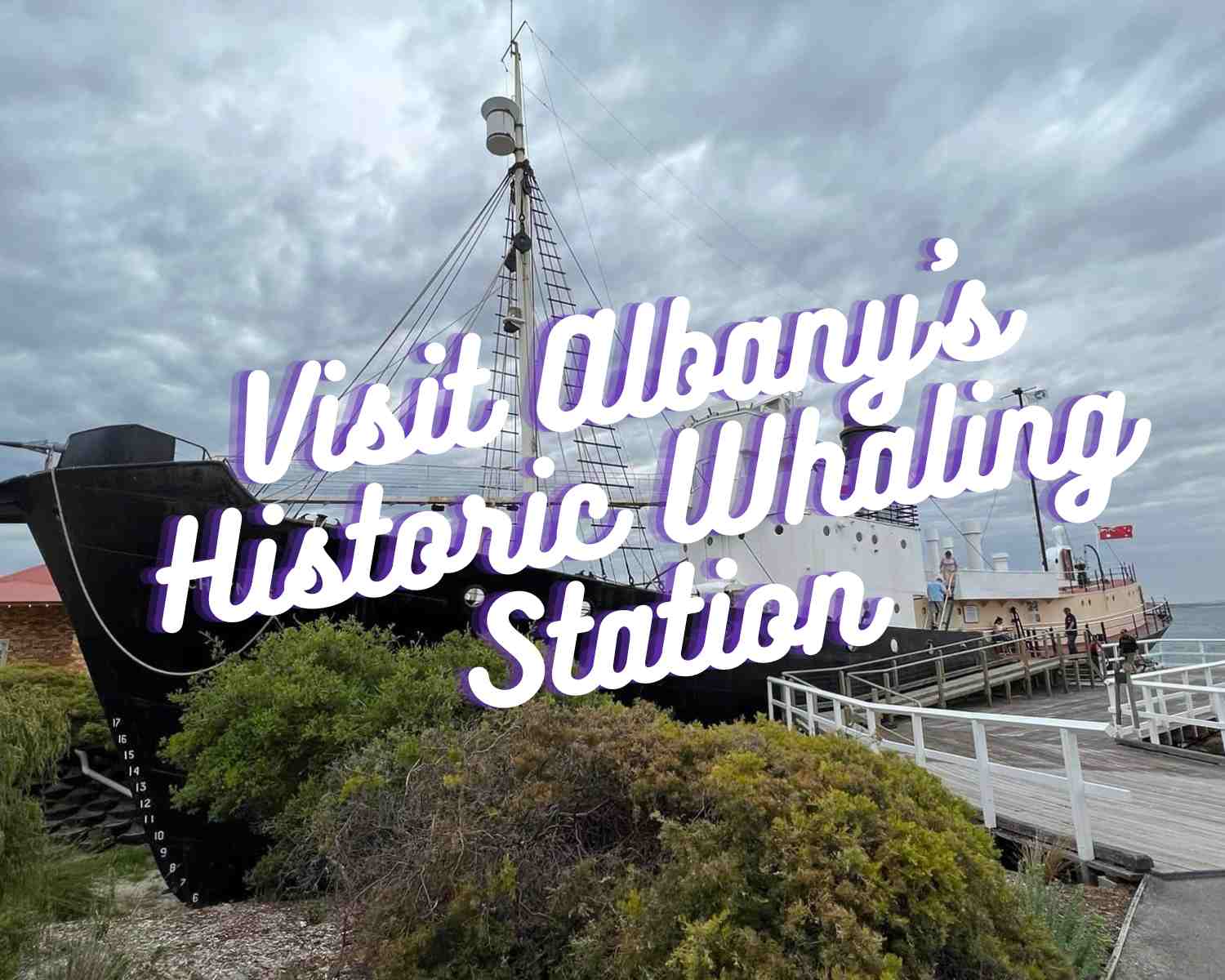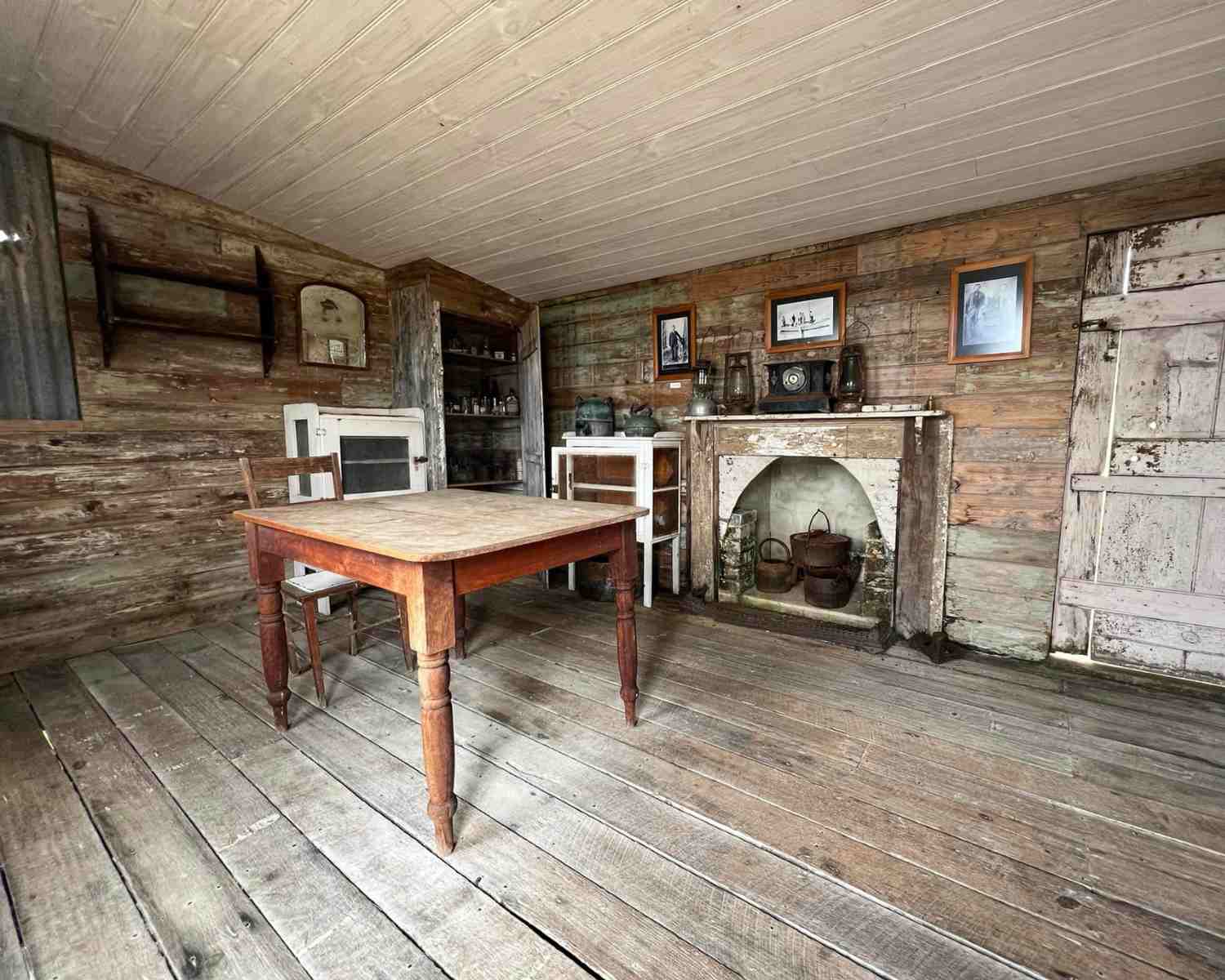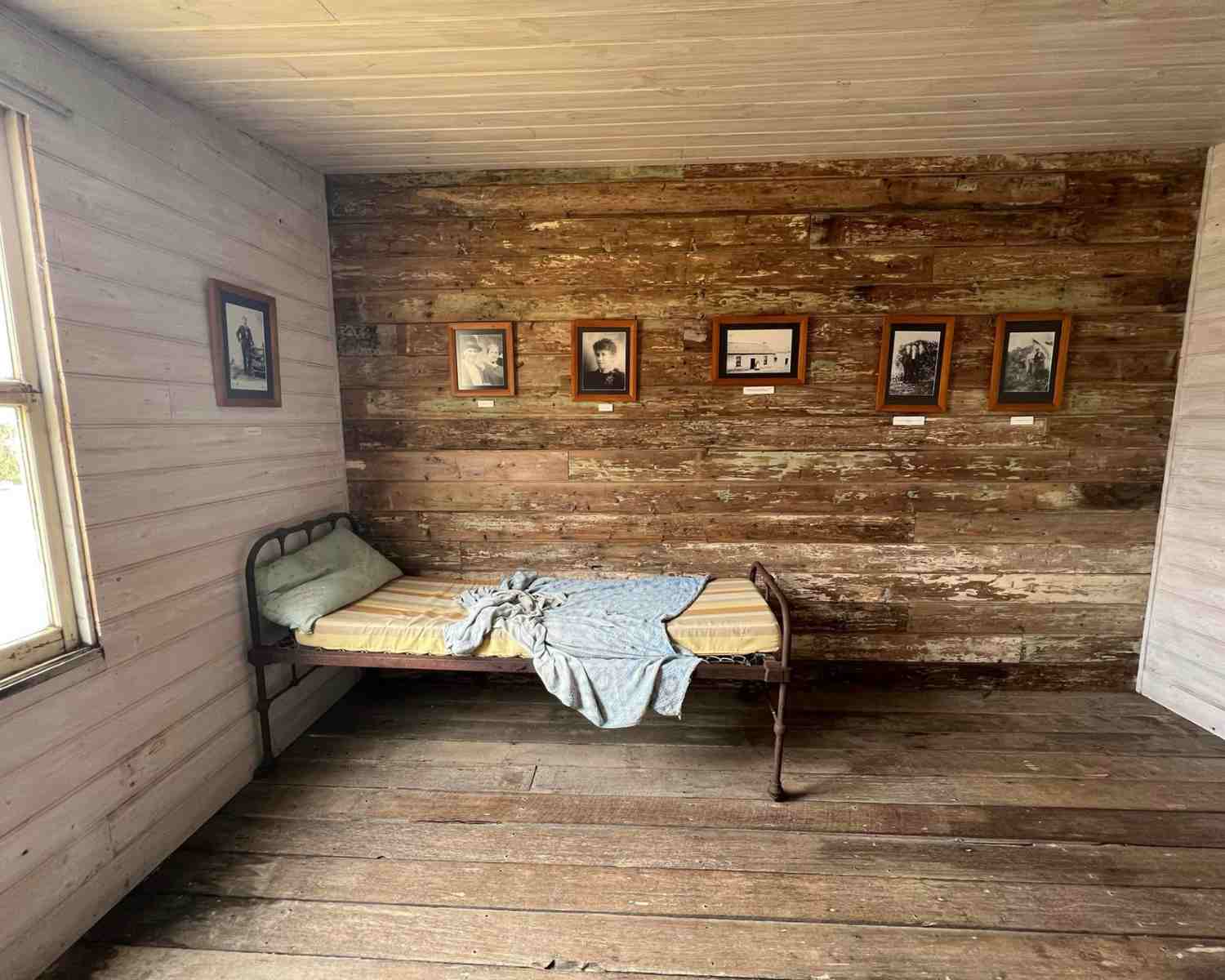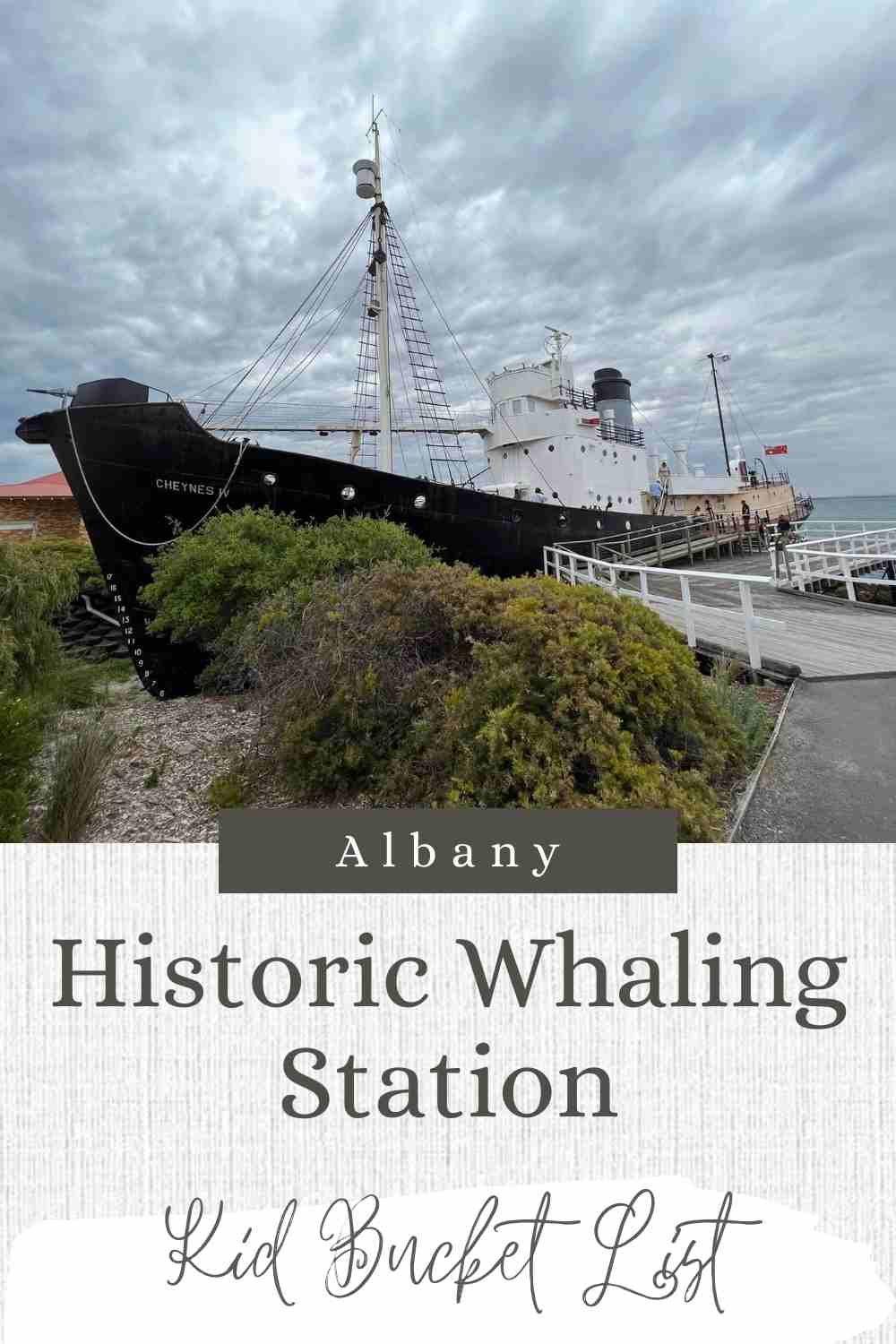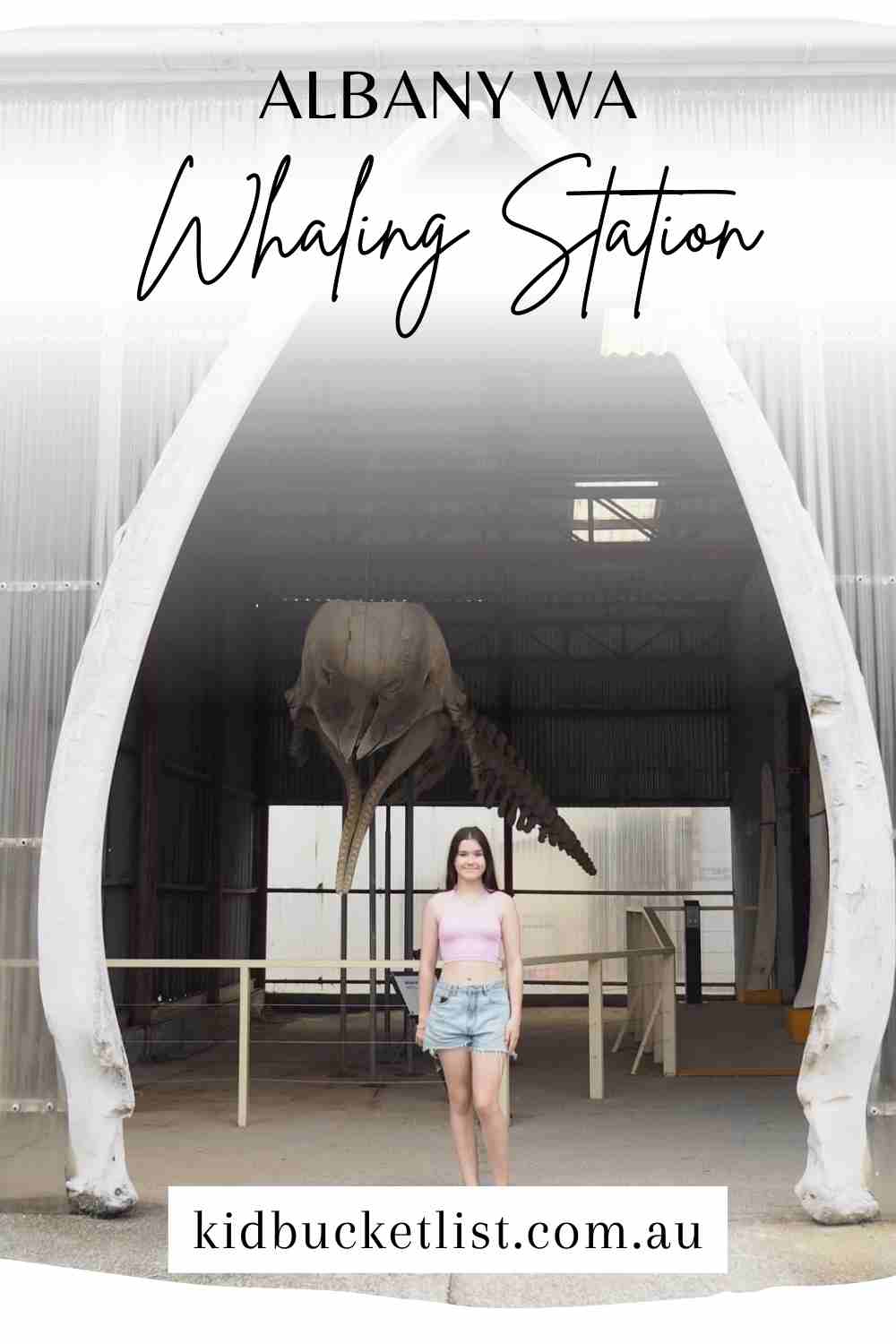Albany’s Historic Whaling Station holds a rich and controversial history, deeply intertwined with the region’s maritime heritage. Having visited Eden and explored the Davidson Whaling Station and Eden Killer Whale Museum we were keen to add it to our Albany bucket list and delve a little deeper into Australia’s whaling history.

History of Whaling in Australia
Table of Contents
Whaling history in Australia spans several centuries, leaving a significant impact on Australia’s coastal communities and marine ecosystems. The practice of commercial whaling in Australia began in the early 19th century, driven by the demand for whale oil, baleen, and other whale products.
Whaling stations were established in various locations around the country, including Albany, Western Australia, and Eden, New South Wales, among others. These stations employed local workers and played a crucial role in the economy of those regions. However, over time, the detrimental effects of whaling on whale populations and the growing global conservation movement led to increased scrutiny and public opposition.
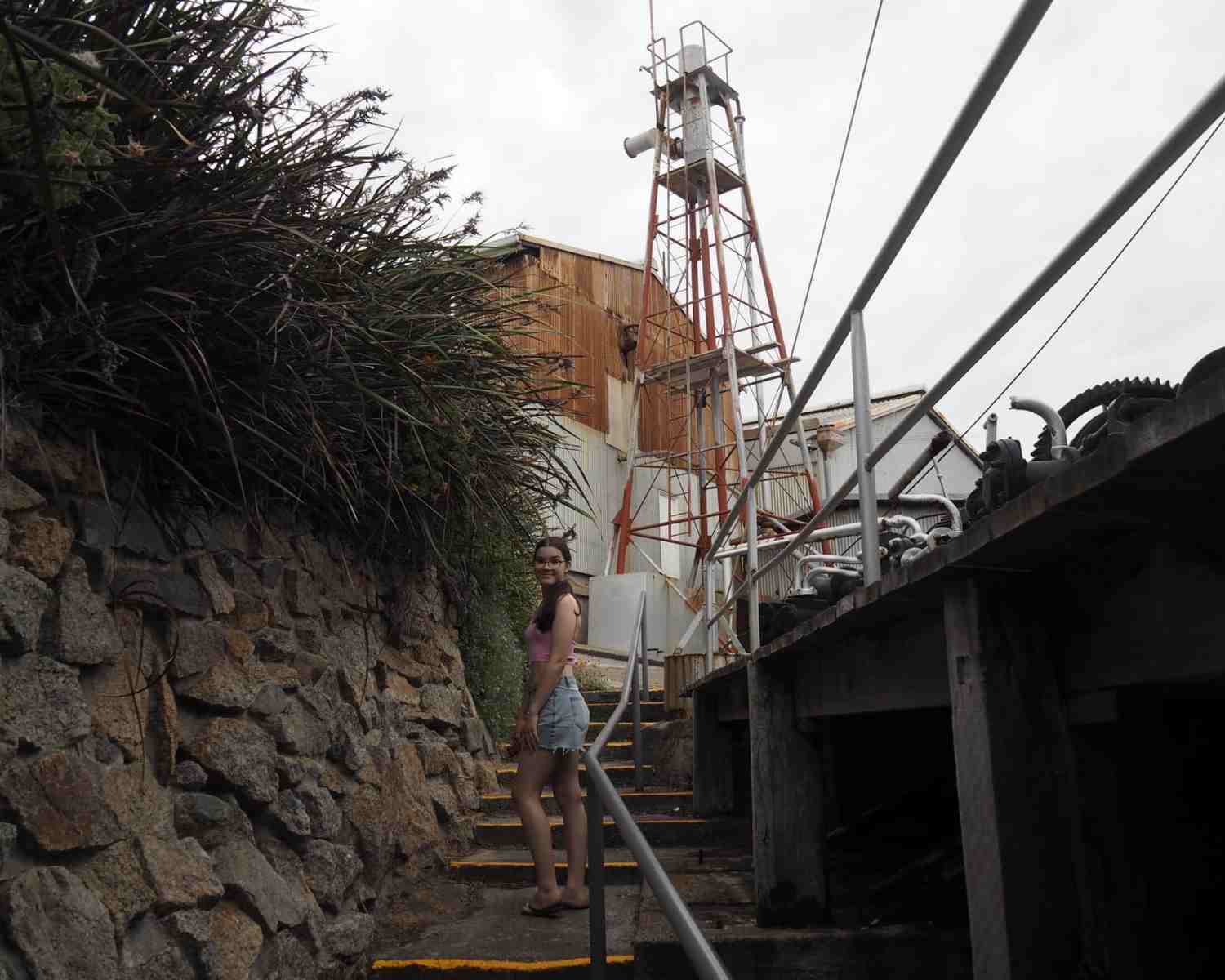
In the mid-20th century, Australia became a key participant in the International Whaling Commission (IWC), a body responsible for regulating whaling. In 1978, the Australian government implemented a complete ban on commercial whaling within its waters, leading to the closure of whaling stations. This landmark decision reflected a growing recognition of the need to protect and conserve these majestic creatures.
Today, Australia is renowned for its efforts in whale conservation and research, with numerous whale-watching opportunities along its coasts, supporting the economy while promoting the appreciation and preservation of these magnificent marine mammals.
Albany Whaling Station History
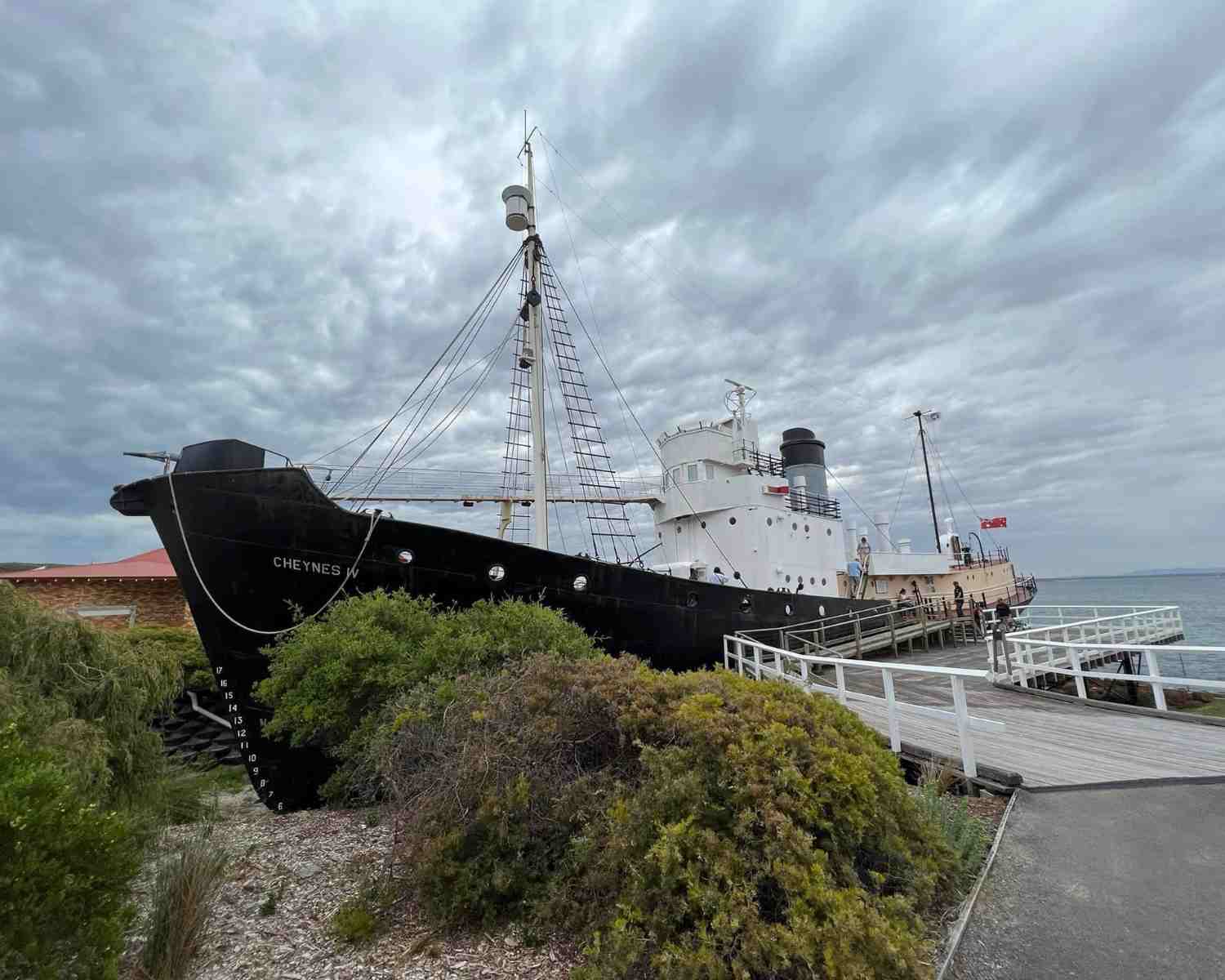
Originally called The Cheynes Beach Whaling Station, Albany’s Historic Whaling Station was established in 1952 and became one of Western Australia’s major whaling centres, driven by the demand for whale oil and other products.
The station thrived for decades, employing local workers and attracting international attention. However, as awareness grew about the environmental impact and cruelty of whaling, public opinion turned against the industry. Albany’s Historic Whaling Station faced mounting protests and scrutiny, leading to its closure in 1978.
Today, Albany’s Historic Whaling Station stands as a powerful reminder of our evolving relationship with marine life, serving as a museum and educational centre, sharing the story of Albany’s whaling past while promoting conservation and respect for these magnificent creatures.
Whaling Products
When the whaling station was opened in Albany, Western Australia, various products were made from the whales that were hunted. The primary product produced was whale oil, which was extracted from the blubber of the whales. Whale oil had various uses, including as fuel for lamps, lubricant for machinery, and in the production of soaps and candles.
In addition to whale oil, other products derived from the whales included baleen, which is the flexible material found in the mouths of some whale species. Baleen was used in the production of corsets, umbrella ribs, and various other items requiring a flexible yet durable material. Other parts of the whales, such as bones and teeth, were also utilized for manufacturing purposes, including the production of jewellery, knife handles, and even scrimshaw artwork created by whalers during their long voyages.
It’s important to note that the production of these products from whales played a significant role in the economic development of Albany and the surrounding region during the time when the whaling station was operational.
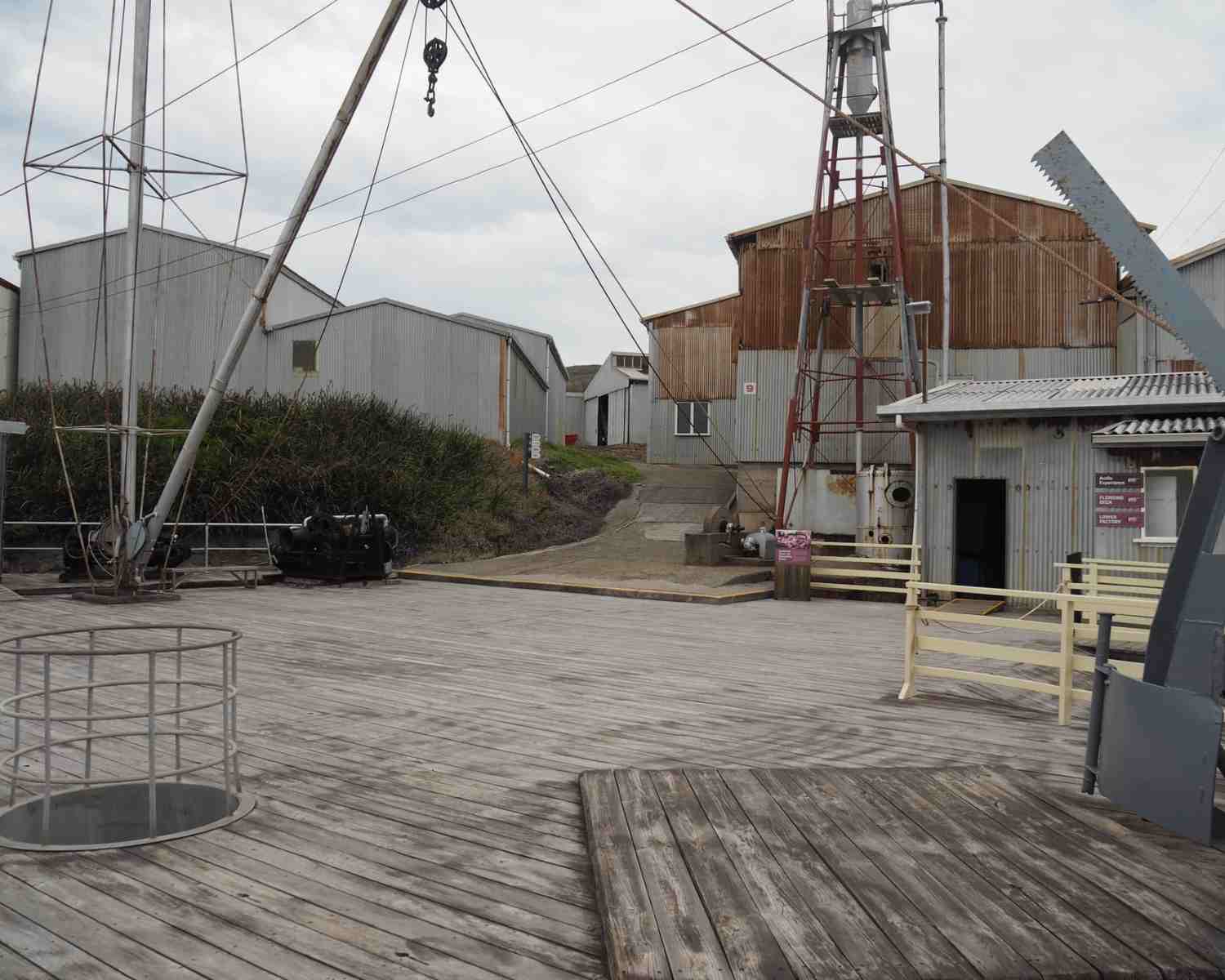
Exploring the Whaling Station
Today Historic Albany Whaling Station offers visitors a glimpse into the region’s whaling history. The site has been transformed into a fascinating museum and educational centre, where visitors can explore exhibits showcasing the industry’s past, including restored whale-processing machinery and historical artifacts. With engaging guided tours and interactive displays, the Historic Albany Whaling Station provides an immersive experience, raising awareness about the conservation of whales while honouring the legacy of Albany’s whaling heritage.
Introduction tour
Entry to the Historic Albany Whaling Station includes an Introductory Tour. Running at 11.30 am and 1.30 pm each day, this pop-up Audio Experience commences on the flensing deck. and runs for approximately 15 minutes. It walks you through the flensing and cutting-up decks, and the processing factory, providing an insight into the station’s operations, showcasing authentic artifacts, and sharing captivating stories.
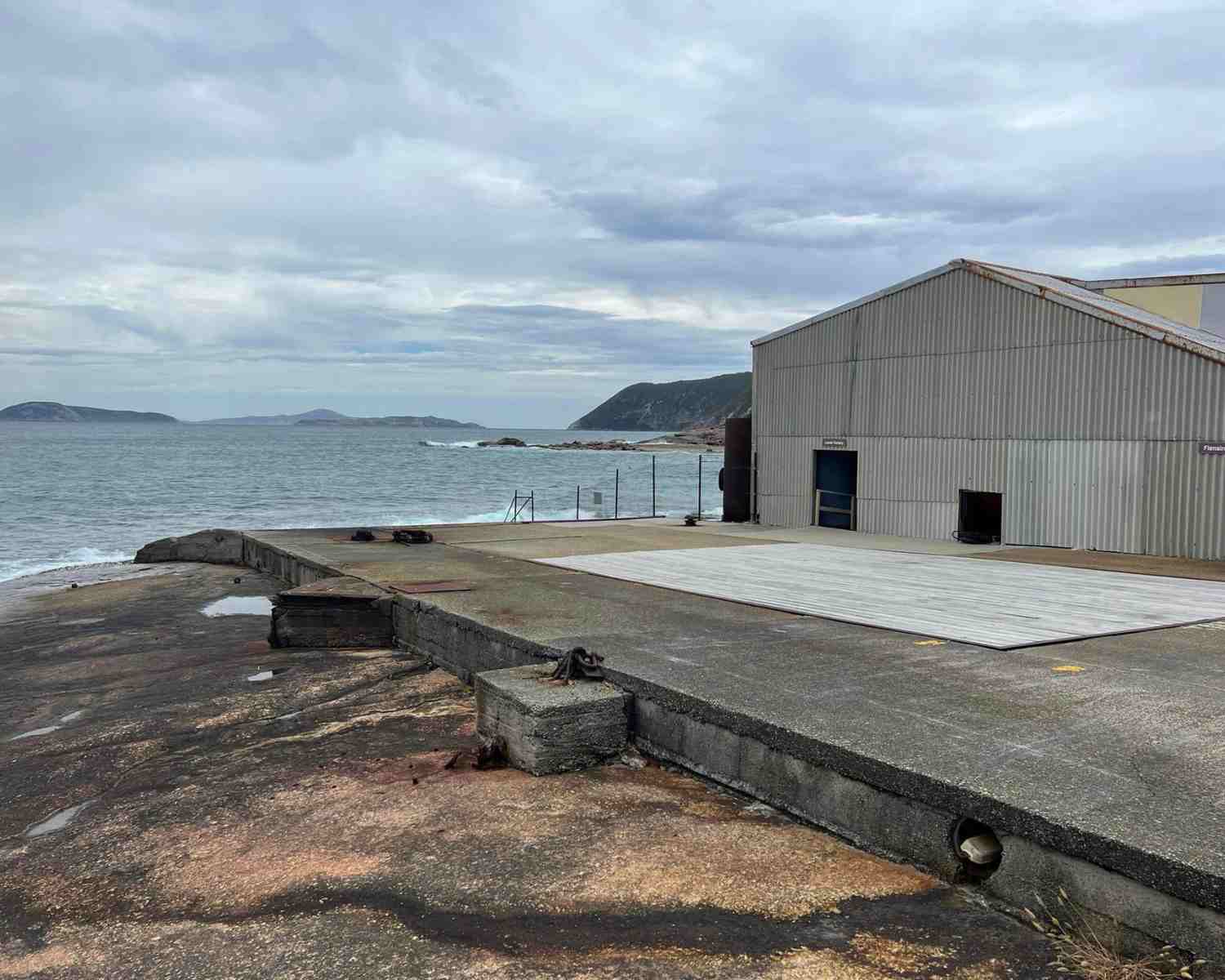
Flensing Deck
The Flensing Deck is a restored platform where the blubber was removed from the whales’ carcasses during the whaling era. Visitors can witness the scale and mechanisms of this gruesome process, as well as learn about the tools and techniques used by the whalers. The Flensing Deck provides an immersive experience, offering a tangible connection to the historical significance of the whaling industry and its impact on the local community.
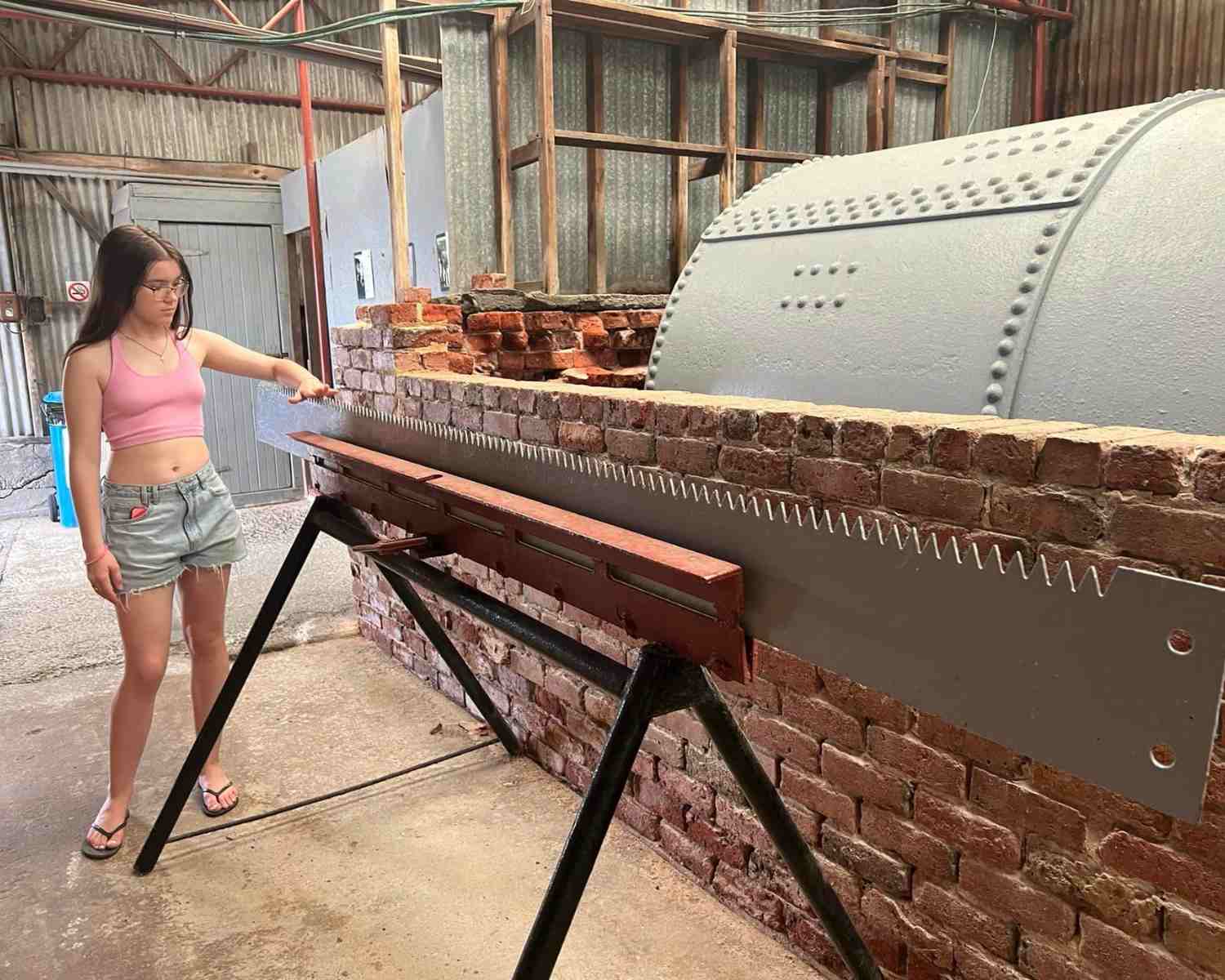
Cutting Deck
The Cutting Deck at the Historic Albany Whaling Station is a restored area that showcases the next step in the whaling process. It was where the harvested whales were cut into manageable sections for further processing. Visitors can explore this deck and learn about the tools and techniques employed by the whalers to divide the whales into usable portions. The Cutting Deck provides a glimpse into the meticulous and labour-intensive nature of the whaling industry, offering a unique perspective on the historical practices and challenges faced by those involved in the trade.
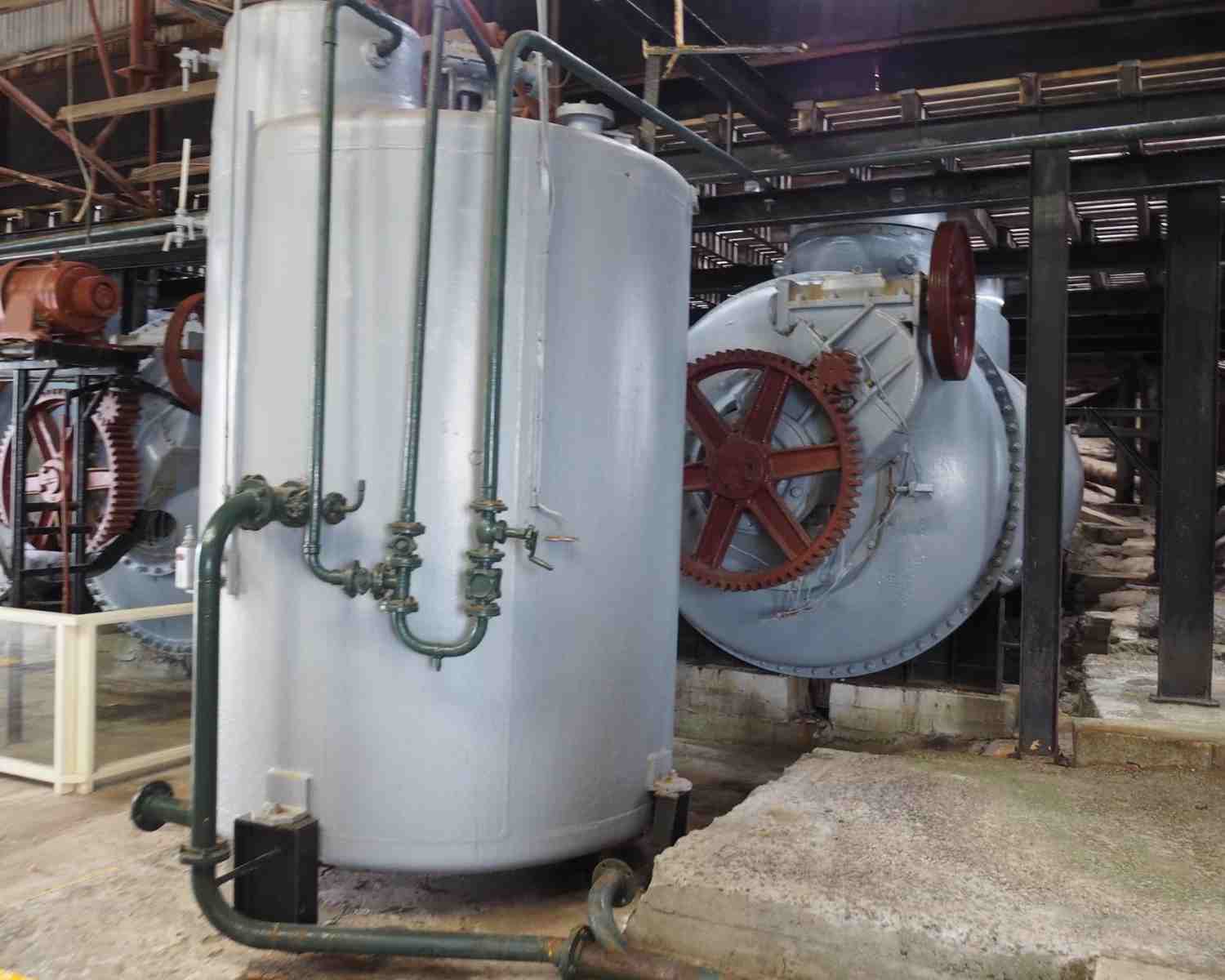
Boiler Room
The boiler room at the Historic Albany Whaling Station is a significant part of the station’s infrastructure. It housed the massive boilers that generated the steam required to power the machinery used in processing the harvested whales. Visitors can explore this area and witness the remnants of the boilers, gaining insight into the industrial operations that were integral to the whaling process. The boiler room serves as a testament to the technological advancements and scale of the whaling industry during its operational years.
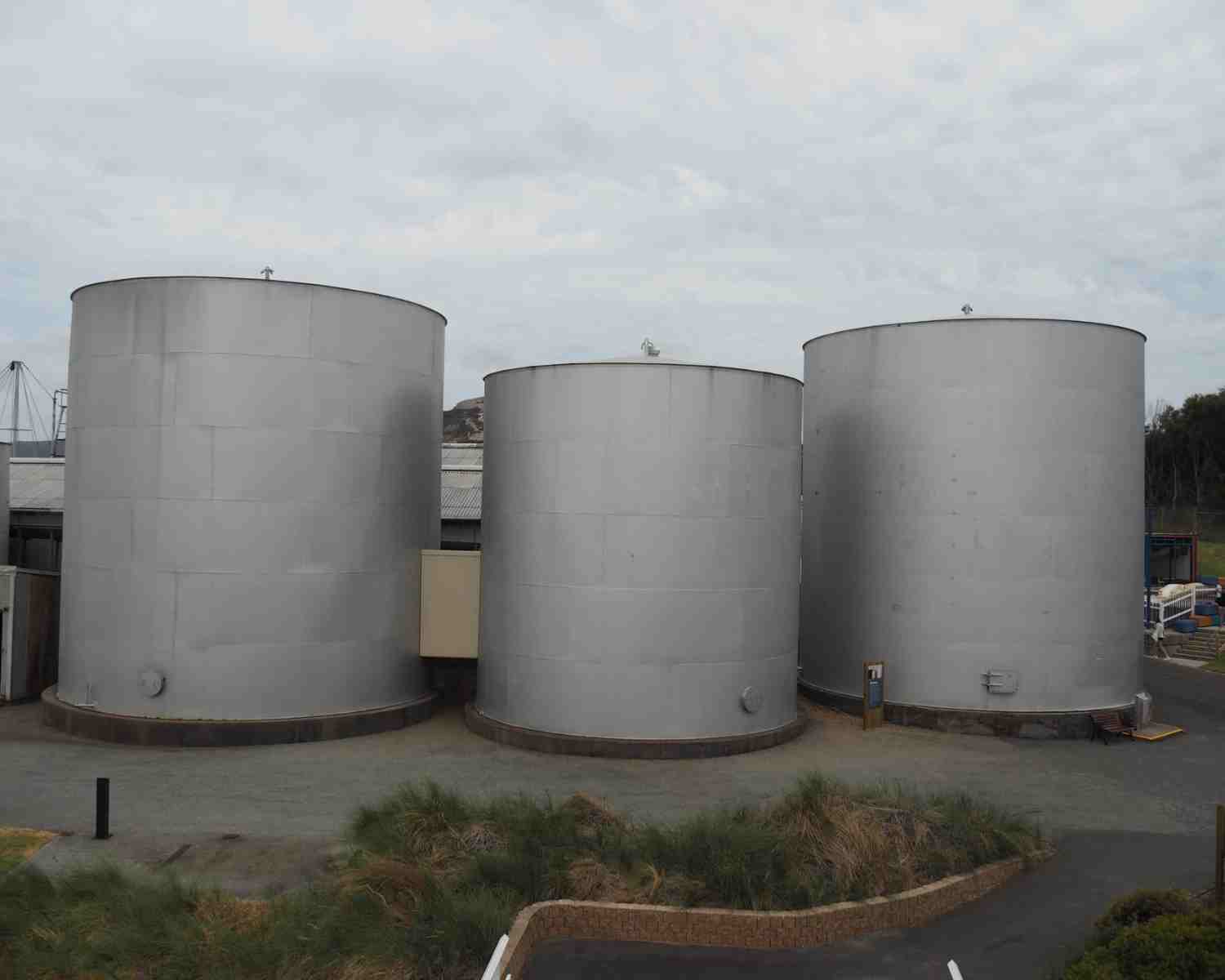
Oil Tanks
At the Historic Albany Whaling Station, the extracted whale oil played a vital role in various aspects of the whaling industry. The oil was obtained from the blubber of the harvested whales and served as a valuable commodity. Whale oil was primarily used for lighting purposes, fueling lamps and lanterns before the advent of electric lighting.
In a fascinating transformation, the former oil tanks at the whaling station have been repurposed into unique cinemas. These renovated spaces now provide an immersive cinematic experience for visitors. The oil tanks have been converted into intimate theatres, where informative and captivating films are screened, showcasing the history, conservation efforts, and the incredible marine life of Albany and its surrounding waters. This creative adaptation of the oil tanks offers visitors a chance to learn and appreciate the region’s whaling history while enjoying engaging audiovisual presentations.
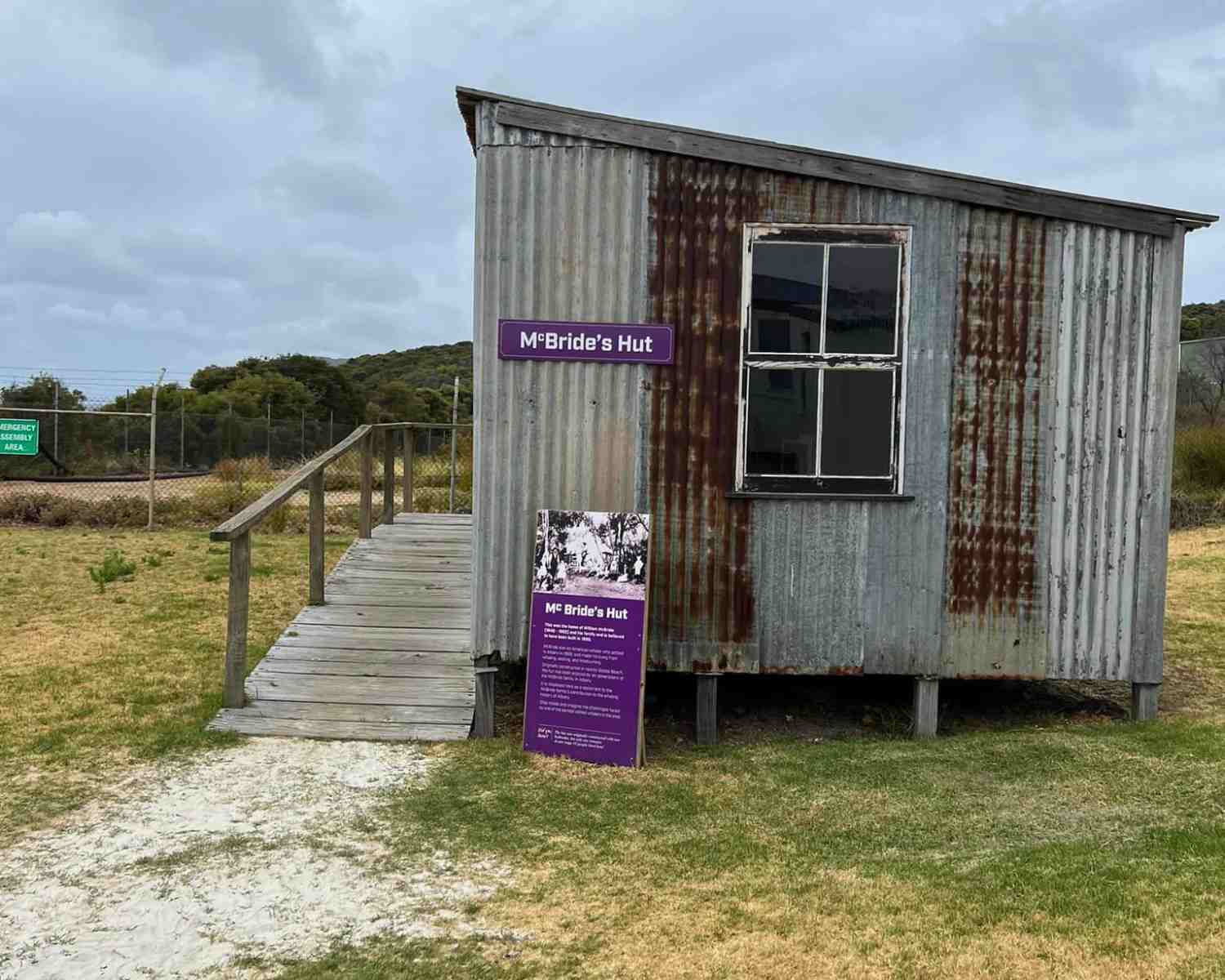
McBrides Hut
Frederick McBride played a significant role in the establishment and operation of the Albany Whaling Station. McBride was an entrepreneur and a prominent figure in the whaling industry in Western Australia during the early 20th century. He was instrumental in setting up the whaling station in Albany, overseeing its development and expansion. McBride’s expertise and leadership contributed to the success and growth of the whaling industry in the region. The preservation of McBrides Hut at the Historic Albany Whaling Station pays tribute to his involvement and serves as a representation of the people who lived and worked at the station during its operational years.
McBrides Hut is a preserved structure that provides a glimpse into the living conditions of the whalers during their time at the station. The hut was originally used as accommodation for the whaling crews.
Visitors can explore the interior of McBrides Hut, which showcases the simple and rustic living quarters, including bunk beds and basic amenities. This historic building offers a link to the daily lives and experiences of the individuals who worked at the whaling station, providing insights into the challenging and isolated lifestyle they led.
Boats and Whale Chasers
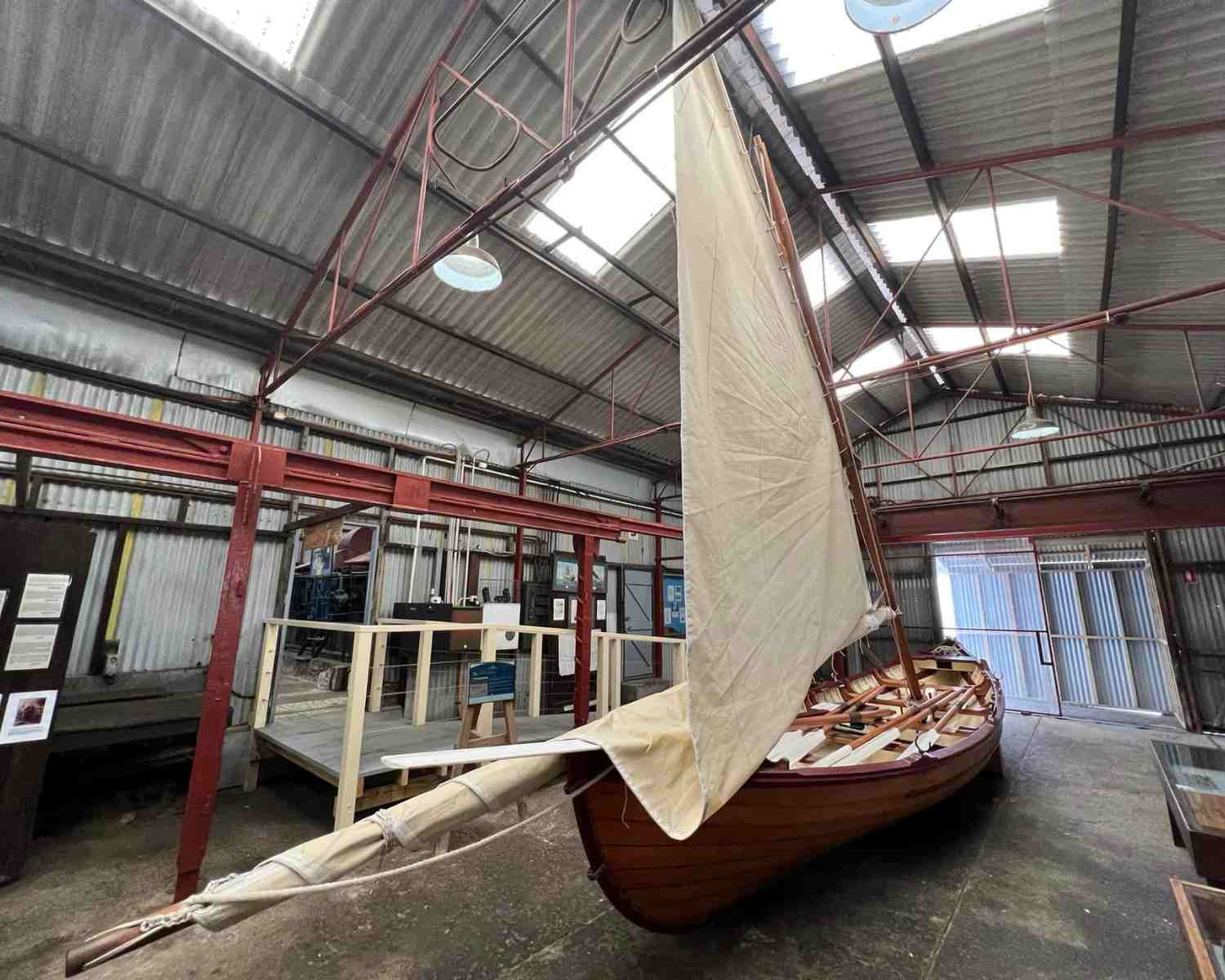
The Historic Albany Whaling Station features a collection of boats and whale chasers on display, offering a glimpse into the vessels used during the whaling era. These boats were crucial for the whaling operations, allowing whalers to approach and hunt the whales. Visitors can explore these preserved vessels, which range from small rowboats to larger whale chasers equipped with harpoons and towing mechanisms. The display provides insight into the craftsmanship, functionality, and perilous nature of the pursuit of whales, showcasing the integral role these boats played in the history of the Albany Whaling Station.
Whale Specimens
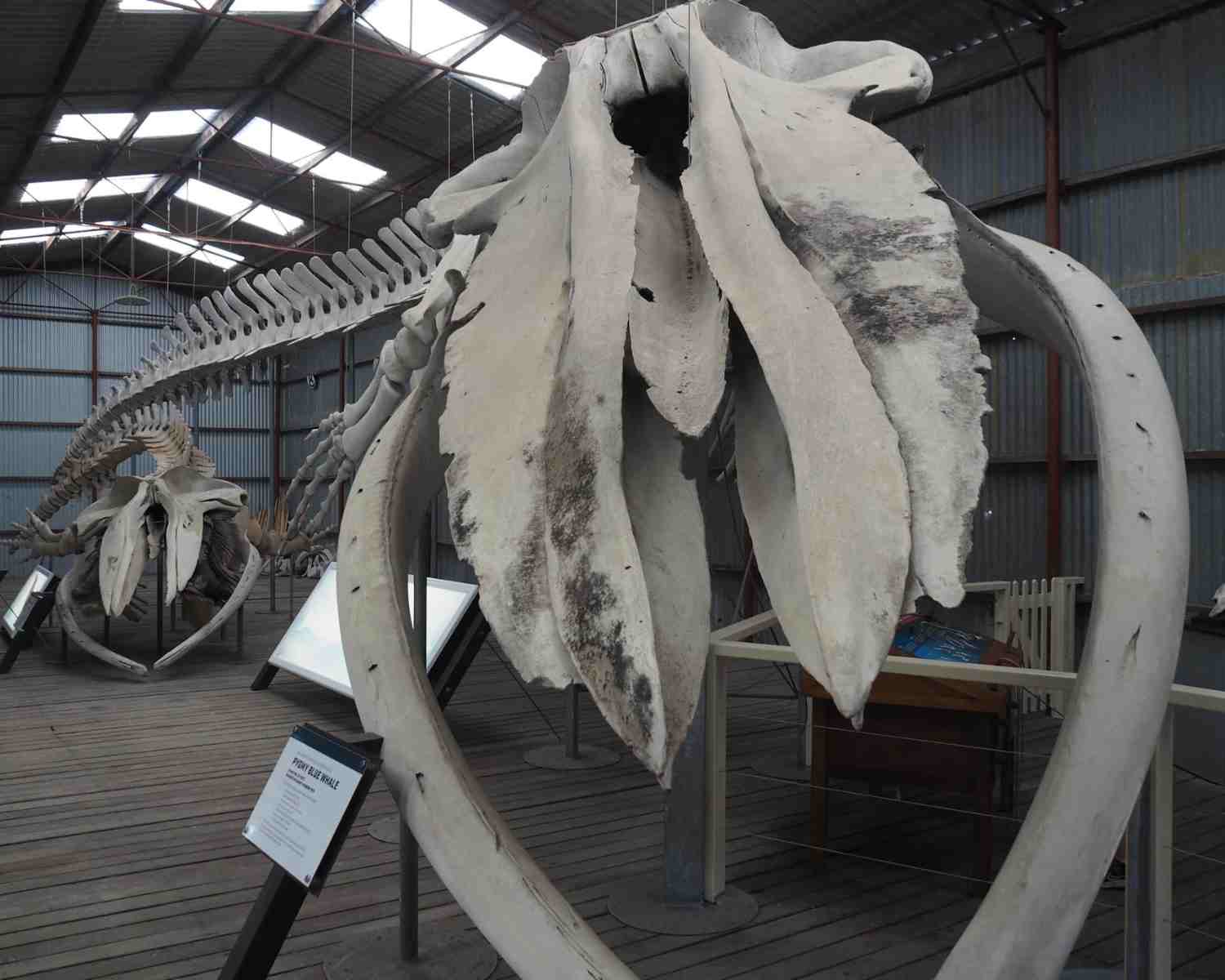
The Historic Albany Whaling Station features a compelling display of whale specimens, showcasing the immense size and unique characteristics of these magnificent creatures. Preserved whale skeletons, including those of species like humpback and blue whales, are on exhibit, allowing visitors to marvel at their sheer scale and intricate bone structures.
The specimens offer educational insights into whale anatomy, highlighting adaptations that enable them to thrive in the marine environment. These displays serve as a reminder of the importance of conservation efforts in protecting these remarkable marine species for future generations.
How Long Will I Need to Explore Albany’s Historic Whaling Station?
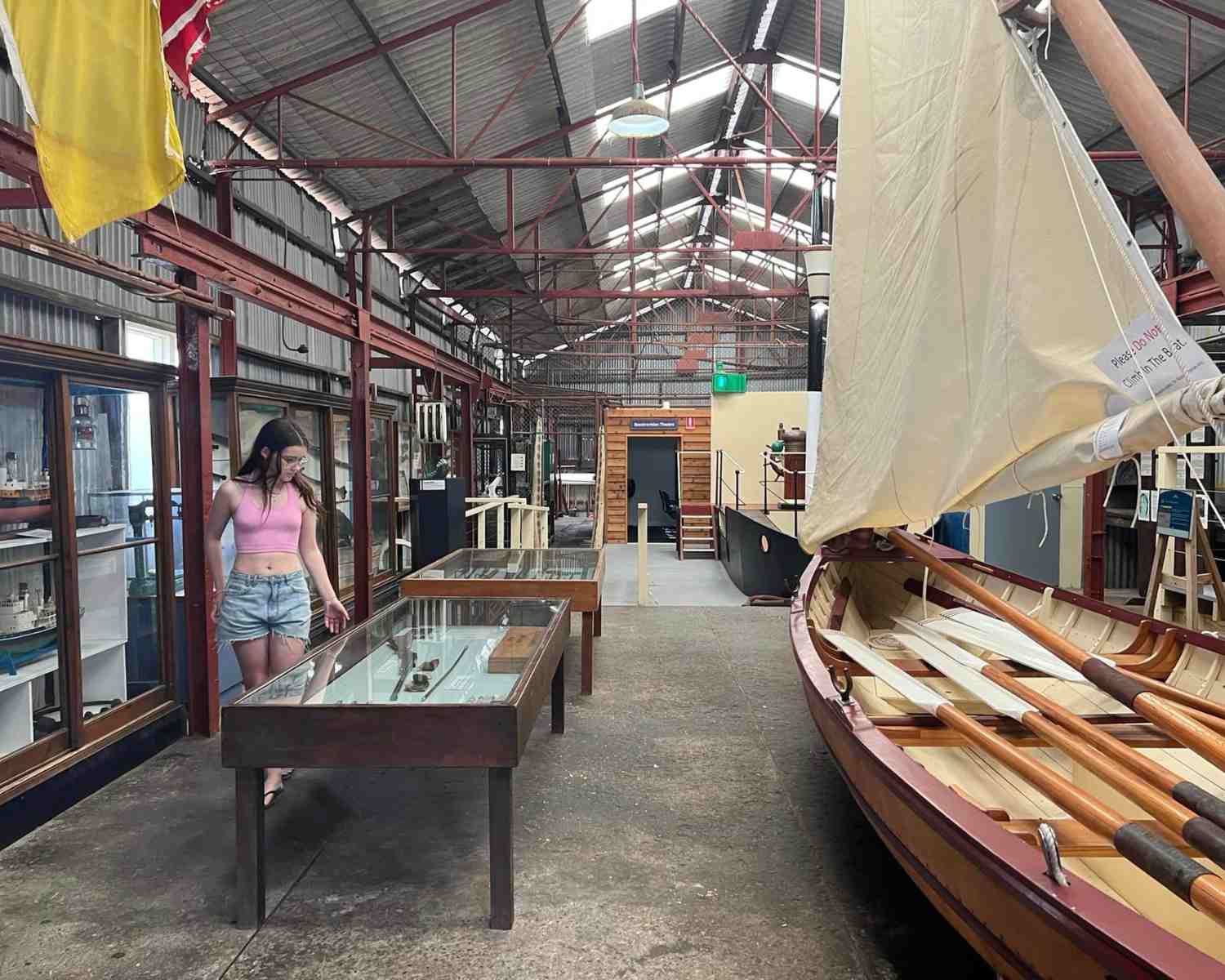
To fully explore Albany’s Historic Whaling Station and immerse yourself in its exhibits, you would typically need a few hours. The exact duration can vary based on individual preferences, such as the level of interest in the displays and the pace of exploration.
We spent almost a full day at the station. We arrived just after 10.00 am and explored the first half of the Whaling Station before breaking for lunch. We then explored the second section, finishing up just after 2.00 pm. We did read almost every sign and we researched as we went along.
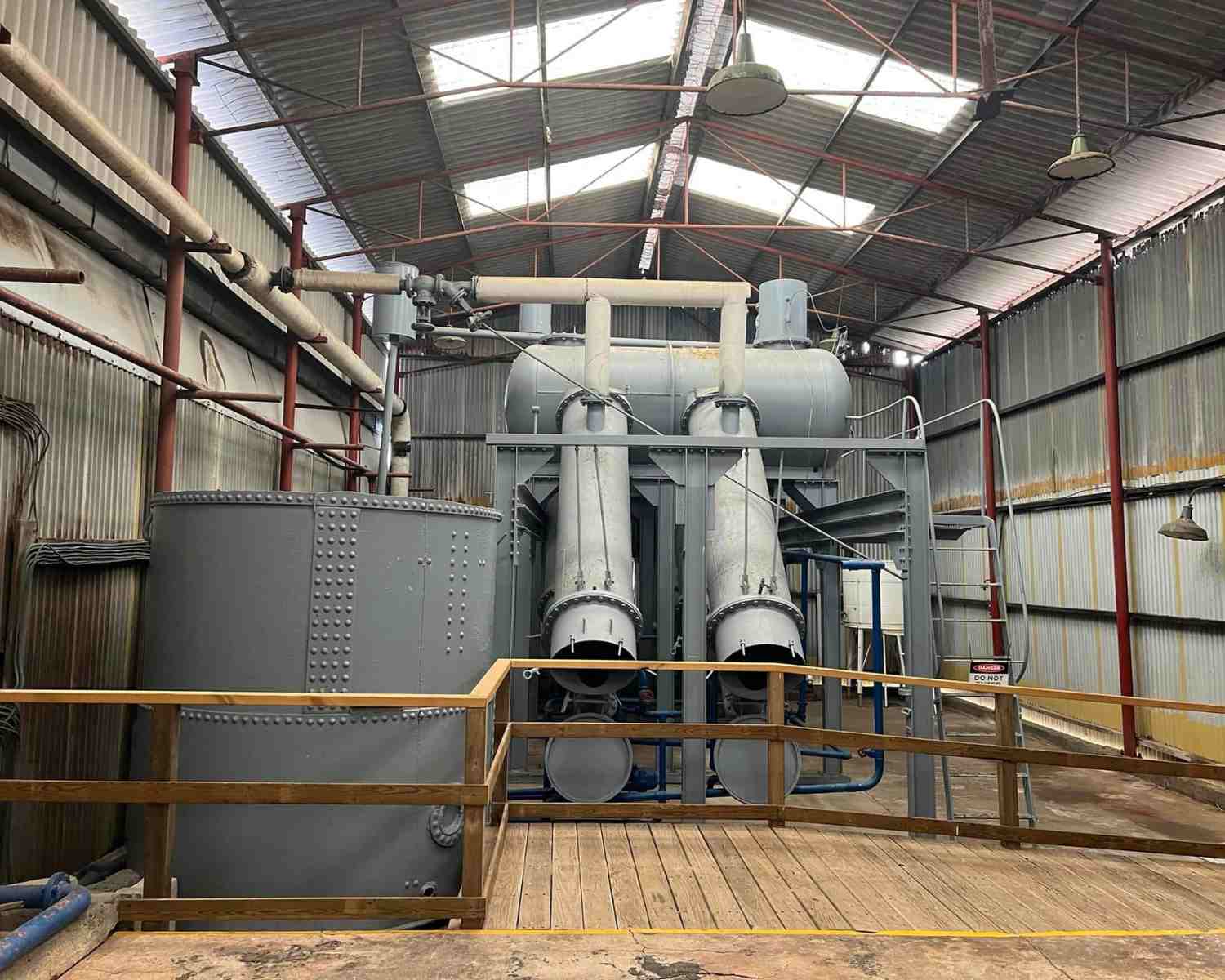
It’s recommended to allocate at least two to three hours to thoroughly experience the museum, including guided tours, interactive exhibits, and leisurely walks around the site. This timeframe allows ample time to appreciate the historical significance, engage with educational materials, and absorb the stories and artifacts related to Albany’s whaling past.
If you can’t fit everything in on your visit talk to the ticketing office who will organise a free return entry ticket for the next day. (terms and conditions apply)
Visit Albany’s Historic Whaling Station
Where: 81 Whaling Station Road, Torndirrup WA 6330
Opening Times: 9.00 am to 5.00 pm – Every Day (last entry 4.15 pm) | Open every day excluding Christmas (25th Dec)
Pin This
Other Historic Whaling Places to Visit in Australia
Best whale-watching spots in Sydney
Whale watching in Port Macquarie

